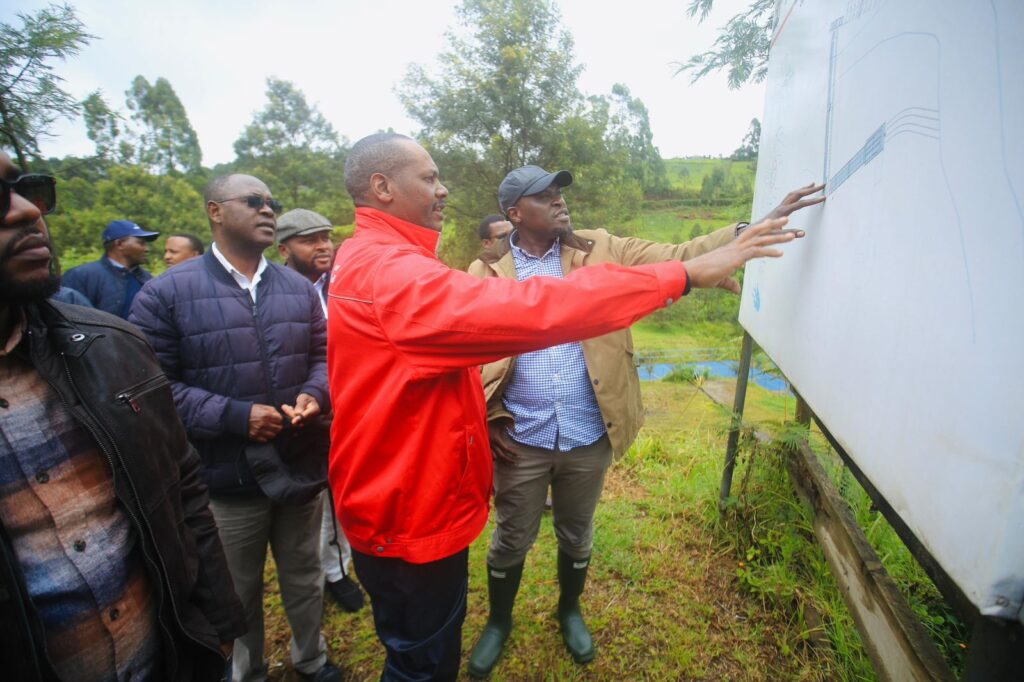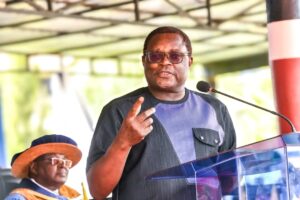Nairobi Welcomes 140 Million Liters of New Water Supply, Easing Water Shortages

Residents of Nairobi are set to receive an additional 140 million liters of water from the Northern Water Collection Tunnel, a development that promises to alleviate long-standing water shortages in the city. Nairobi Governor Sakaja Johnson confirmed this milestone during a visit to Murang’a County with the Nairobi City Water and Sewerage Company (NCWSC) on Monday, adding that engineers are currently conducting final quality and content tests on the water before its full release into Nairobi’s distribution network.
“The time to talk is over. Expect clean water, and for those who have been getting water once a week, you will now see more,” he assured Nairobians.
The Northern Water Collection Tunnel is seen as a critical development for Nairobi, which has a daytime population of 7 million and a nighttime population of 5 million. Governor Sakaja underscored the urgency of tackling the city’s water shortage, as demand currently stands at 900 million liters a day, while supply hovers around 525 million liters.
“This project is crucial, and we’re planning ahead to meet the demands of our growing population,” Sakaja stated.
He thanked stakeholders, including the national government, and Murang’a and Kiambu counties, for their collaboration. “We are grateful for President Ruto’s commitment to this project, and for the support of neighboring counties. We will continue to work together as we look toward phase two, which will further address Nairobi’s water needs,” Sakaja added.
NCWSC Managing Director, Engineer Nahashon Muguna, confirmed parts of Nairobi are already receiving water from the tunnel, with full rollout expected soon.
“We are ready to supply the 140 million liters, thanks to our dedicated partners and team who have worked tirelessly to see this project through,” Muguna said.
The additional supply from the Northern Water Collection Tunnel marks a significant step in addressing Nairobi’s water scarcity, offering relief to millions and signaling hope for further infrastructure improvements.





